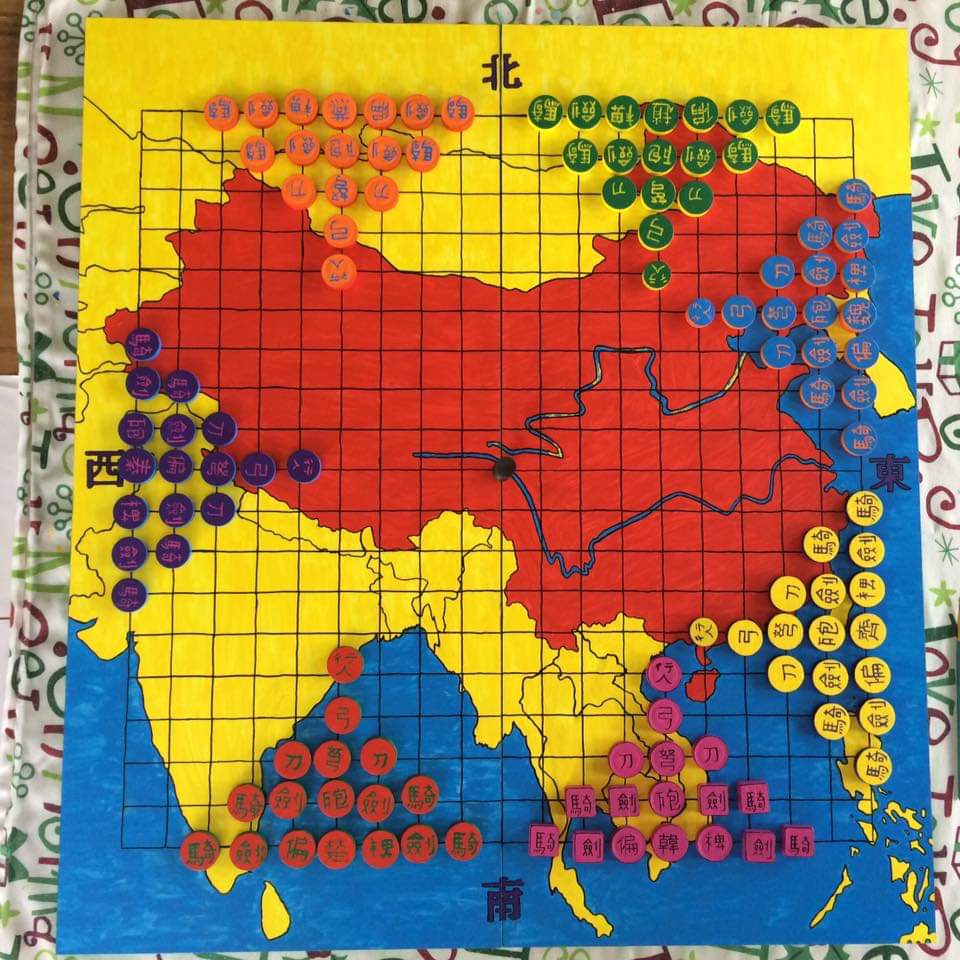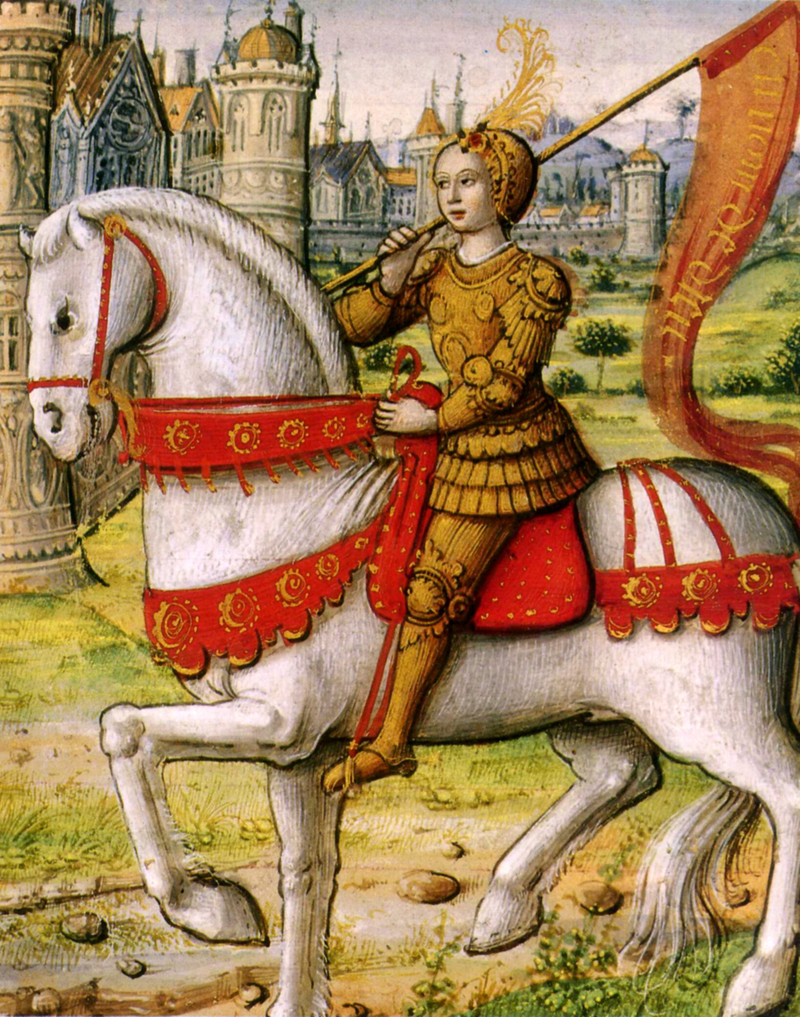Nowadays there are many titles and even more conditions to acquire them. Back in the old days everything was quite clear: the layman would understand grandmaster, but nowadays you have to explain more for International or Fide Master. Women can add a W in front of them and even those who can’t cross the 2300 line could apply for a CM title, the joke amongst chess titles.
Until 1950 there were no fixed criteria for the term grandmaster. It wasn’t until then when the FIDE assigned the title to the 27 best players of that moment. At the same time the title of International Master was created, as well as their female equivalents. The conditions were further expanded over the years, by which it was also possible to get a title through good performances and playing lots of games. Other terms are younger: Fide Master dates from 1978 and Candidate Master from 2002. It will probably not end there, since the call for the title of super-grandmaster has been growing in recent years. Not entirely unjustified when you consider that an IM and GM are only a hundred points apart, while players with a rating of 2500 and 2700 both carry the same title.
However, differentiating in playing strength is much older. It wasn’t until chess from India reached the Arabs via the Persian Sasanian Empire when the game truly matured. Opening theory was studied, the first chess problems (manṣūbāt) were composed and players used different forms of notation to write down their moves, although we don’t have any games from this period. In addition to individual games, simultaneous exhibitions and tournaments also occurred, blindly or otherwise. There were no titles yet, but there do was a system in which players were divided into five or six different classes. Players of varying playing strength were able to compensate for their mutual difference by means of a handicap, as is nowadays also the case with golf.
Moreover, chess is introduced as a literary theme. There are three examples of chess in Thousand and One Nights and in all examples a strong master loses to a woman. The slave girl Tawaddud beats the best player in the country, even after she gives him a rook, knight and vizier (precursor of the queen, can only move one square diagonally) extra. For comparison: the weaker player started with only one pawn extra in case the difference in playing strength was only one level, but between the highest and lowest class the headstart was a rook. Conclusion: if we are to believe Arabic literature, women titles should be 200 points higher.
Source: Wieber, R. (1972). Das Schachspiel in der arabischen Literatur von den Anfängen bis zur zweiten Hälfte des 16. Jahrhunderts. Walldorf-Hessen: Verlag für Orientkunde. P. 206-207, 236 & 238
FM Zyon Kollen studies Middle Eastern Studies at the University of Leiden. He won the Amsterdam Science Park Tournament in 2018 and he hunts for a norm at the Chess Festival. The 24-year old Kollen speaks six languages fluently, e.g. Finnish, Swedish and Portuguese. He is also a chess trainer, chess set collector and builder, and he writes reviews on chess books. His columns will be published every day on the website around 12 o’clock.



























